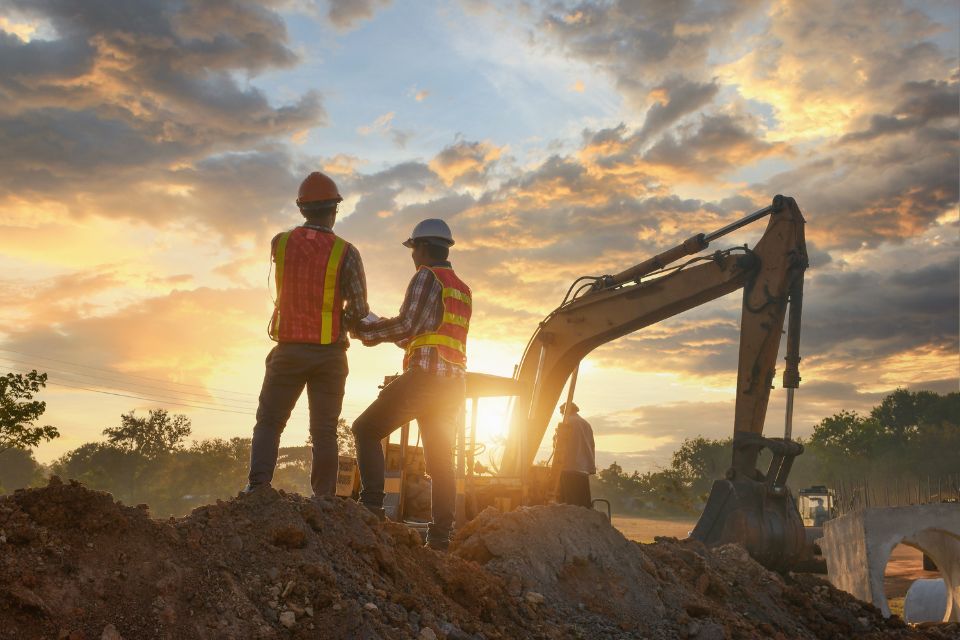When employees work with heavy equipment and materials and constantly move around a construction zone, safety can often become an afterthought. Don’t let this happen to your employees; instead, implement safety checklists to use at your construction site. Start using these checklists today to ensure you’re keeping the health of your workers a top priority.
PPE and First Aid Checklists
Personal protective equipment, first aid kits, and emergency devices are all vital when working on a construction site. If any of these items are not functional or capable of protecting employees, you could face severe consequences. Create a checklist to ensure the resources available for protecting and assisting employees are OSHA-compliant and functioning correctly. Monitor the PPE the workers wear, how much stock you have, and your first aid supplies. Make sure that at least one of your employees has a CPR Certification.
Power Tools and Heavy Equipment Checklists
Carelessly handling power tools and heavy equipment will lead to an injury. Avoid this by asking employees to record wear and tear on the gear, damage, and other issues with the tools. This allows the company to purchase and repair equipment when appropriate. You may use quality construction machinery, but this still requires a checklist to monitor the equipment for defects or damage.
Worksite Hazard Checklist
As you build a structure, the construction site will constantly change. If you do not record hazards on the worksite, it could lead to unnecessary injuries. Walk through the construction zone, check for hazards, identify damages, and monitor equipment operators to ensure employees are following best practices. Every employee should contribute to this checklist and examine it before each shift so that they know what areas of the worksite to avoid.
This ensures that all necessary construction equipment and parts, including those for your John Deere heavy equipment, are present and in good working condition before work begins. This helps prevent delays and costly downtime due to equipment breakdowns. With regular equipment checklists, managers can help identify any potential maintenance issues, which can prolong the lifespan of the equipment and reduce the need for costly repairs.
It can also help in making informed decisions about making replacements or purchases in the future. When the equipment used in the construction site is regularly monitored, it ensures that risks related to its use are not overlooked and the safety of the workers is not compromised. This principle applies not only to heavy machinery but also to foundational components, such as those in the extendable screw pile range, which typically offer flexibility and stability in varying soil conditions.
Furthermore, ensuring that these components are properly installed and maintained can prevent structural issues and enhance overall site safety.
Electrical Protection Checklist
One of the major concerns for OSHA is electrocution. Therefore, it needs its own checklist. This list will include documenting any potential risks with electrical work and power tools. If an employee mishandles electricity, it could become fatal. No matter what industry you’re in, having this checklist will safeguard workers from accidentally operating equipment near exposed wires or overhead power lines.
Fall Protection Checklist
Another primary concern for OSHA and the most common workplace injury is when an employee falls from scaffolding or ladders. Use this checklist to identify fall hazards, keep track of fall protection equipment, and analyze the safety protocol used in fall protection. This safety checklist to use at your construction site can help prevent the possibility of a worker falling.
As you can see, safety is essential on a job site, and utilizing these checklists is an easier way to keep track of hazards and safety requirements. Ensure your construction company is OSHA compliant by monitoring the work site daily. Always keep safety your top priority!

